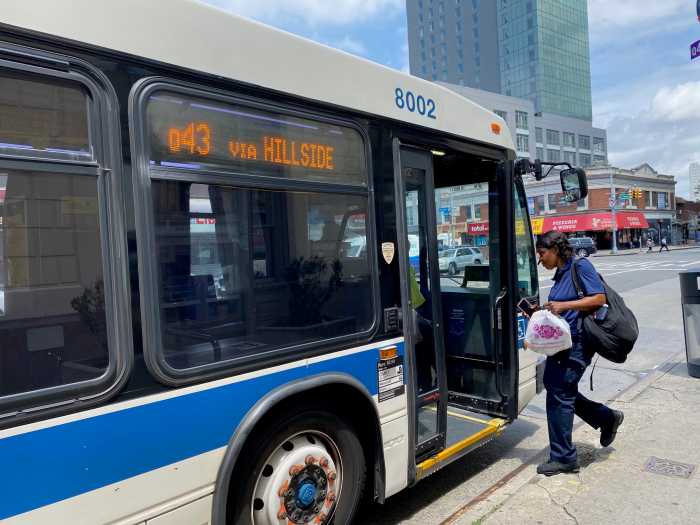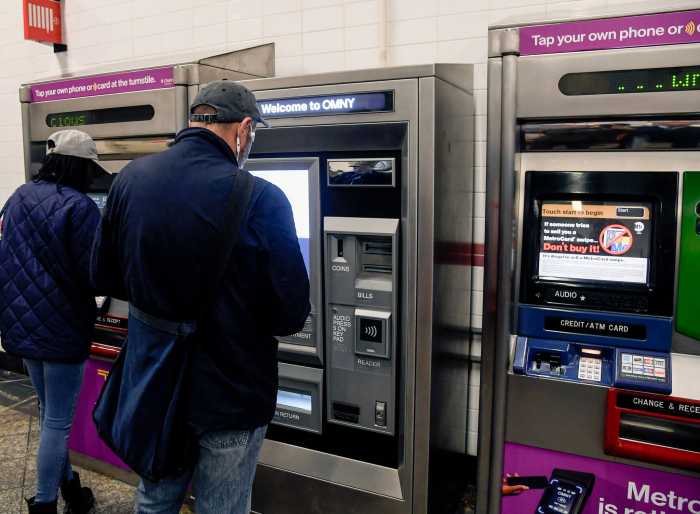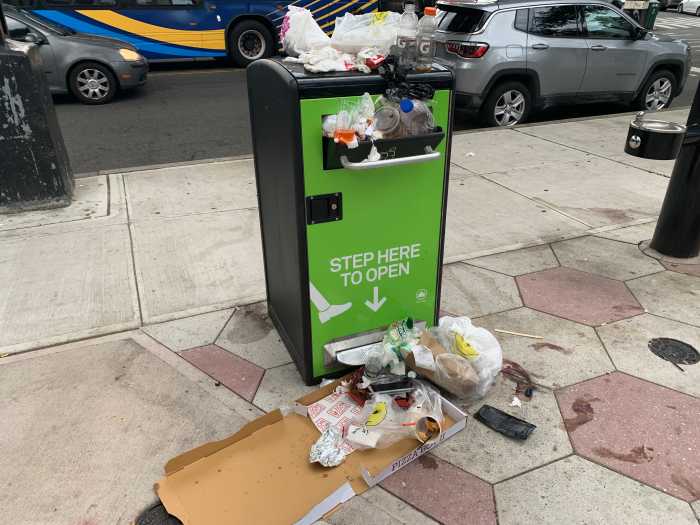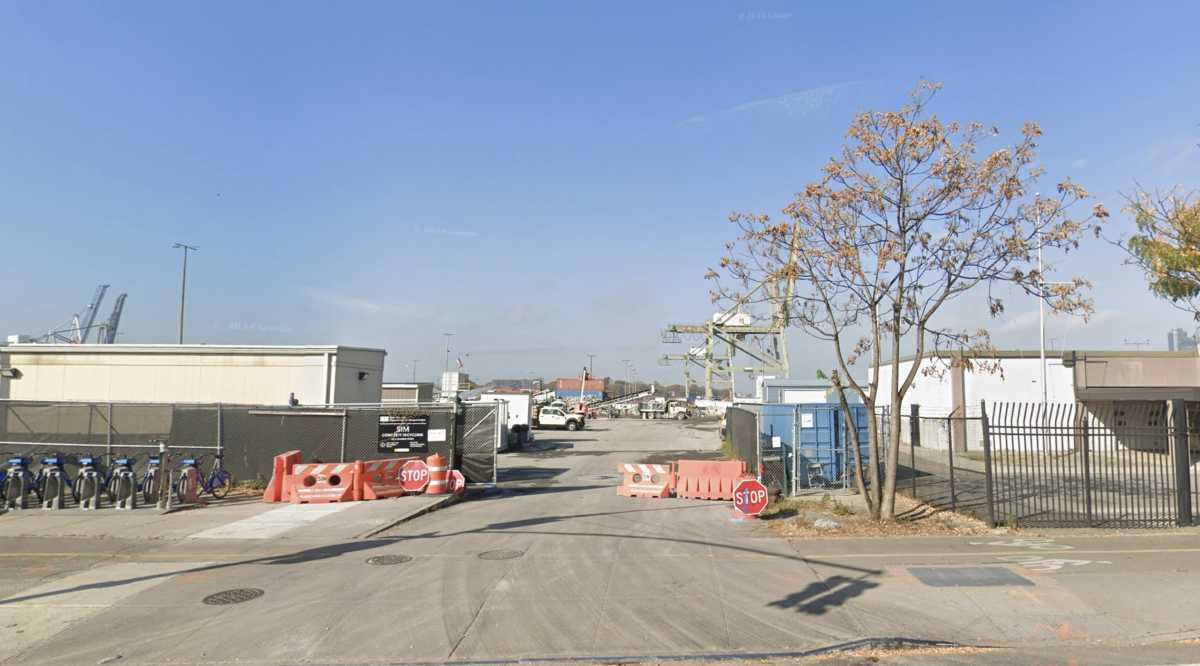The Port Authority of New York and New Jersey produced details on re-envisioning the Midtown Bus Terminal on Thursday that will keep the facility within its current boundaries and accommodate zero-emissions technology.
The plan consolidates up to 30 proposals and Executive Director Rick Cotton is confident that the agency has faithfully designed a plan that will please residents of the surrounding community as well as commuters who held the belief that the reincarnation would be less convenient to the 12 connecting subway lines.
All buses will also be stored off-street with charging capacities for an entire fleet.
“We are eliminating the two alternatives that involve bus facilities west of 11th Avenue. We are proceeding with the base building place alternative, but we are making dramatic modifications to address what we heard,” Cotton said. “Obviously, we are in an extremely difficult time; no one makes light of that. But this is a project where our target is to have the new Port Authority Bus Terminal open in the 2030 to 2031 timeframe, it is a structure that is designed to last 30 years. So, this is the long term.”
One remaining obstacle to the Port Authorities’ ambitions remains the financial fallout from COVID-19 and the expectation that funding for the project will need the support of the federal government, for which Cotton said the agency is still lobbying for in Washington.
Some sources of funding include the proceeds from the sale of development rights of four new high-rise towers, payments in lieu of taxes with the New York City government, and grants from the federal government.
The new main terminal will boast five floors of about 160 bus gates from 2 million square feet that Cotton said would be fully Americans with Disabilities Act compliant.
Staging and storage of buses will take place on four stories between Ninth and Tenth Avenues which will have the capacity for 300 to 350 buses. Up to 350,000 square feet of ramps between Tenth and 11th Avenues will give buses direct access to the Lincoln Tunnel and a new underpass below Ninth Avenue to the lower levels of the facility will reduce congestion on main roads.
During the reconstruction of the main terminal, Port Authority expects to have a temporary terminal a block to the southwest to continue operations. The temporary terminal would then serve as the indoor staging and storage area, according to Chief of Major Capital Projects Steven Plate.
Thursday marked the day that the Federal Transit Administration requested to begin an environmental review and the Port Authority put a request for industry feedback about how to implement these plans.
The new projections for the facility, which has been updated every few decades since it was built in 1950 to the most recent facelift happening in the 1980s, will offer 3.5 acres of green space and the exterior will have retail space facing the street.
According to Cotton, Port Authority will not need to acquire more land for the development.






































